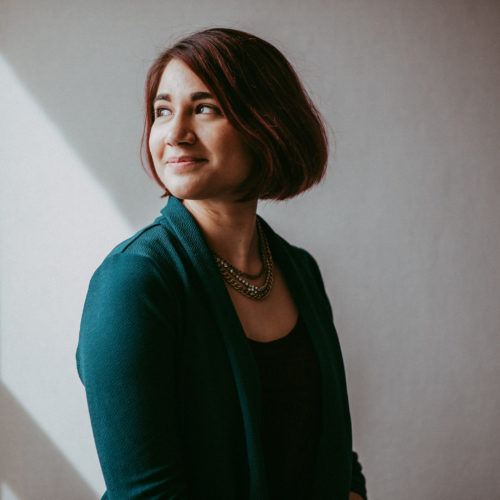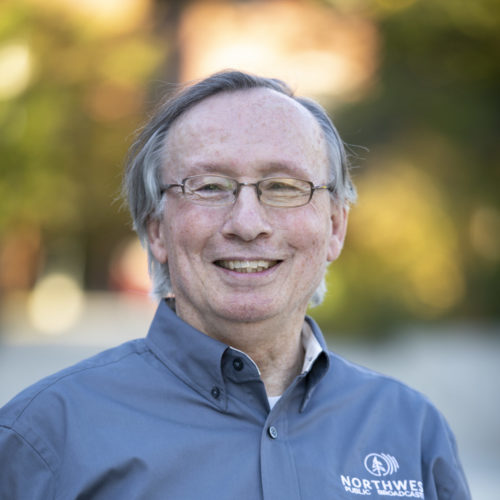Music & Culture
Classical Music Posts
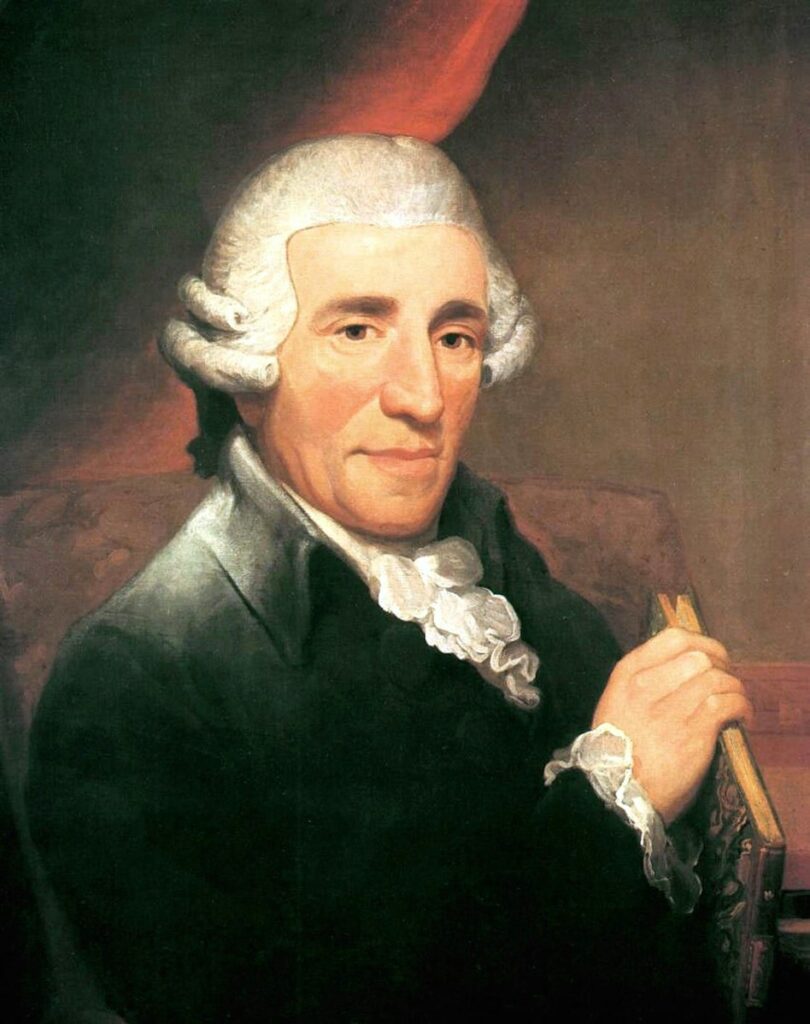
Where Did ‘Papa’ Haydn Get His Nickname?
Joseph Haydn – often called the father of the symphony and the string quartet, teacher to many and an all around good-natured man. To this day, he still wears the nickname “Papa Haydn” – but where did it come from?
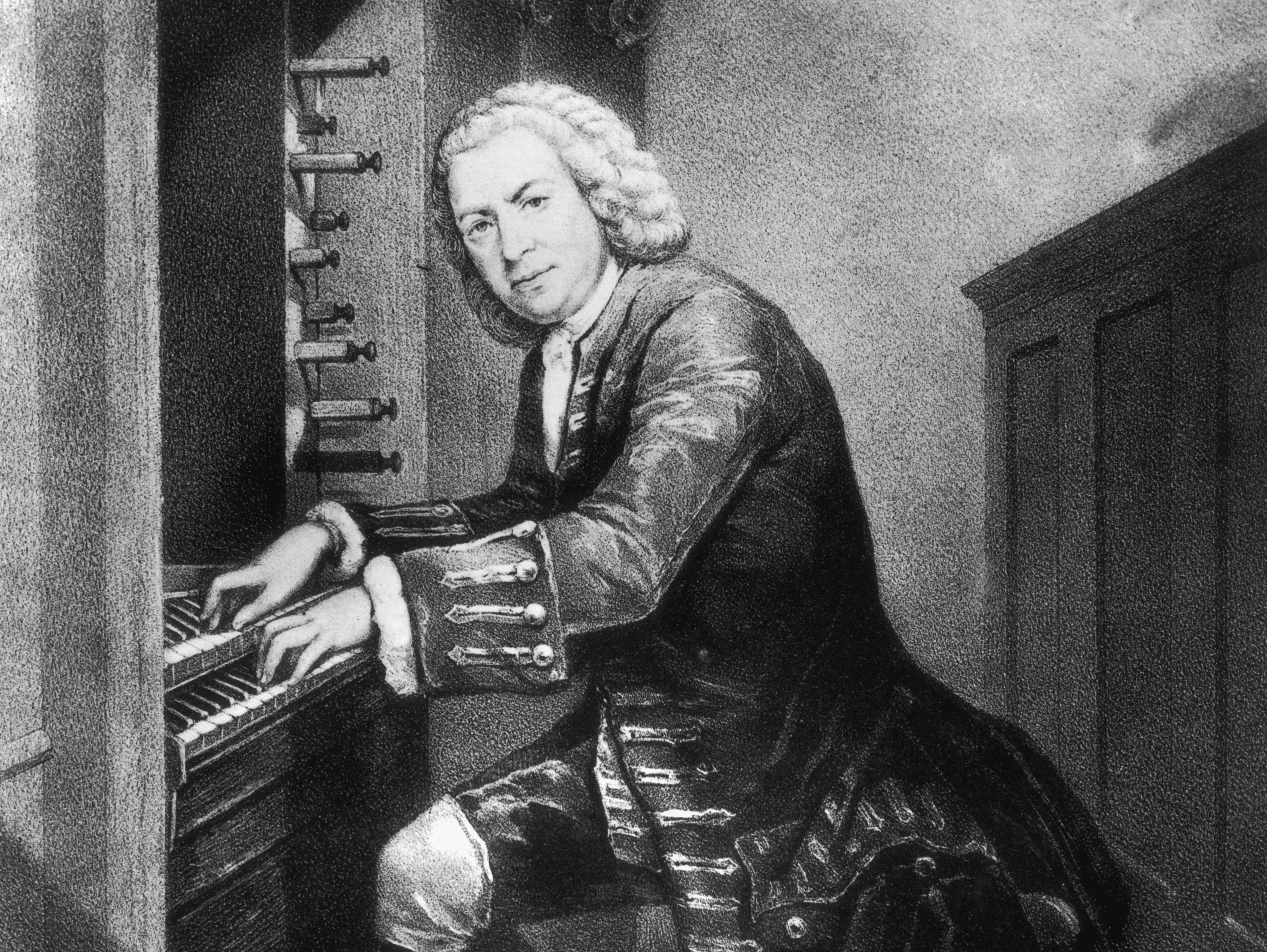
Bach’s Favorite Instrument You’ve Probably Never Heard Of: The Long-Lost Lautenwerck
No lautenwerks survived the 19th century. Picture extremely delicate harpsichords — in fact, lautenwercks are alternately called lute-harpsichords. Their strings are made of guts, originally from sheep (like lutes), which gives lautenwercks a warm, intimate tone distinct from brassy, metal-strung harpsichords.
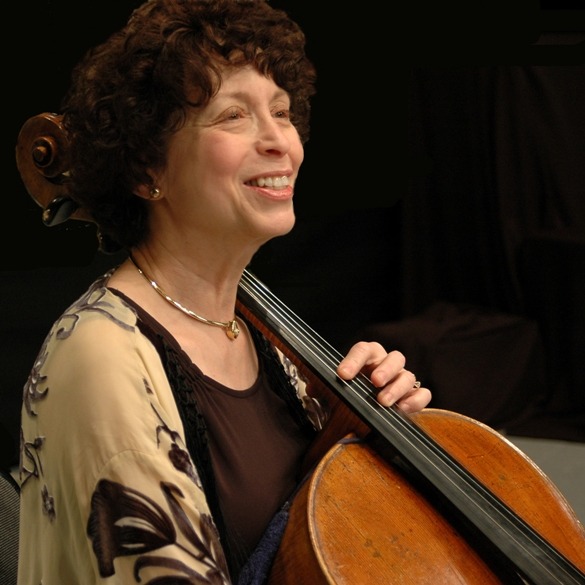
Women’s History Music Moment: Toby Saks
The chamber music impresaria Toby Saks became a legend in the music life of the Pacific Northwest. She began her career in New York: she earned awards as a teenage cellist; she played in the New York Philharmonic in her 20s. She moved out west to join the faculty of the University of Washington School of Music, and soon gathered a group of classical music supporters to launch the Seattle Chamber Music Festival.
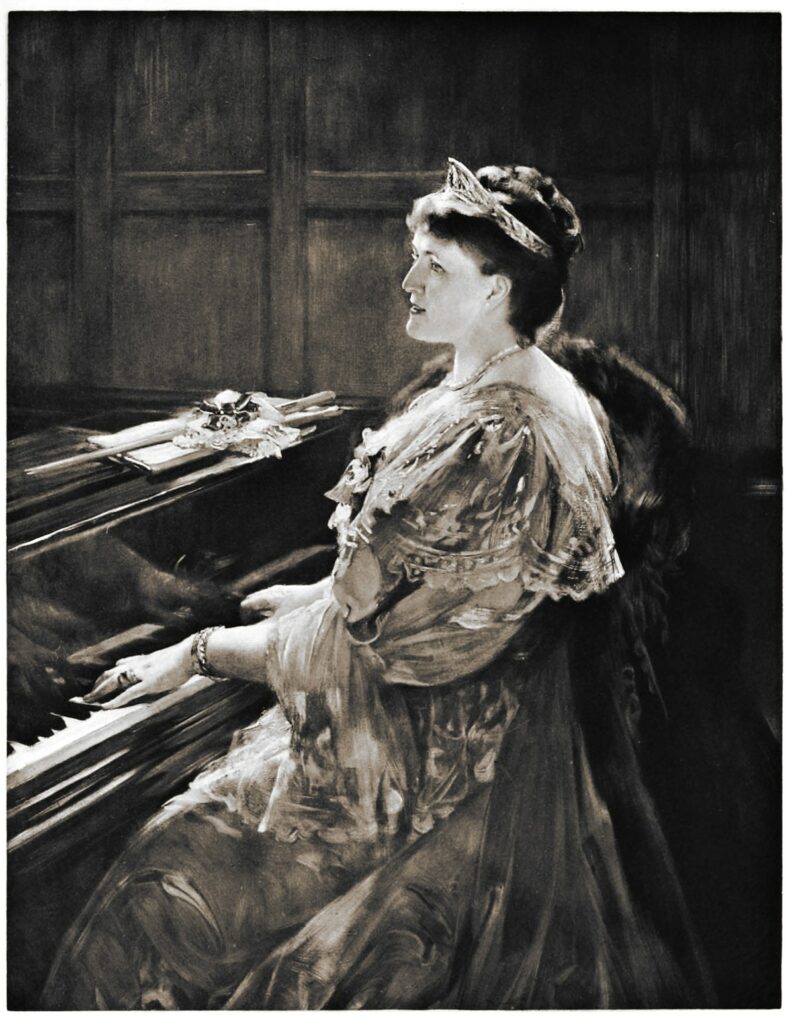
Women’s History Music Moment: Helen, Countess of Radnor
Helen, Countess of Rador seemed to care very little for what society said she could or couldn’t do as a Victorian Lady – so she decided to make history.
Born in a tiny town in Central England, a young Helen moved to London, moved to London, married an Earl, and started her [new] life as a countess and patron of the arts.
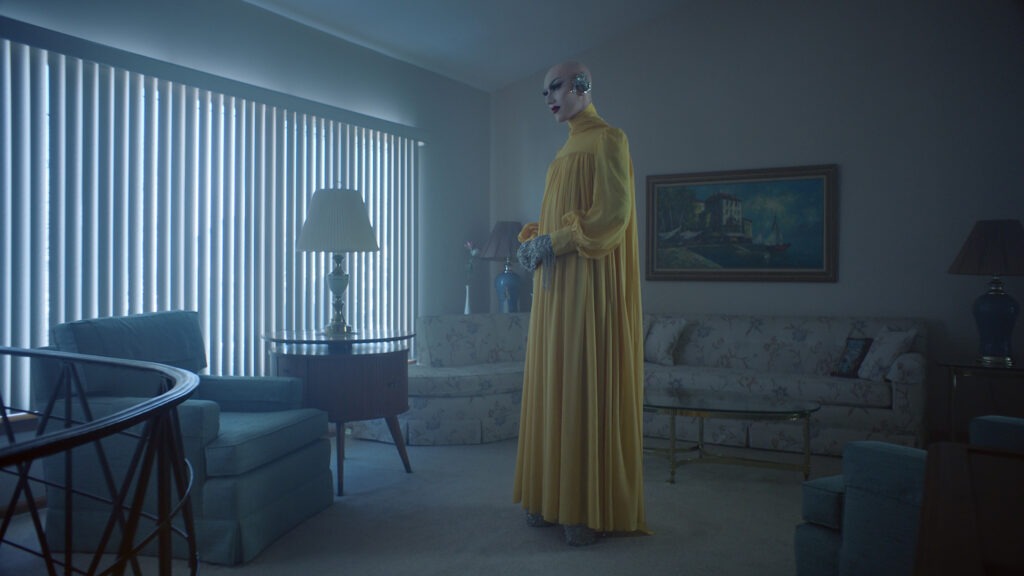
‘The Island We Made’: Lip-Sync Opera And High Drag Sing An Ode To Mothers
Opera Philadelphia has, of course, spent the last year unable to stage live works in theaters. In response, they started creating original works written for the camera, to be shared and viewed online as part of an ongoing effort to bring a wider range of voices into the repertory.
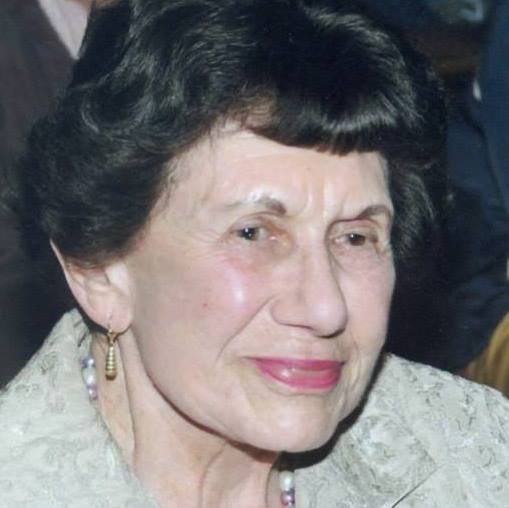
Women’s History Music Moment: Mary Terey-Smith
The conductor Mary Terey-Smith made music history here in the Pacific Northwest, as a result of a political revolution half a world away. This Hungarian-born music talent, student of Kodaly at the legendary Franz Liszt Academy in Budapest, hadn’t been out in the working world very long when the 1956 Hungarian Revolution turned her into a refugee.

